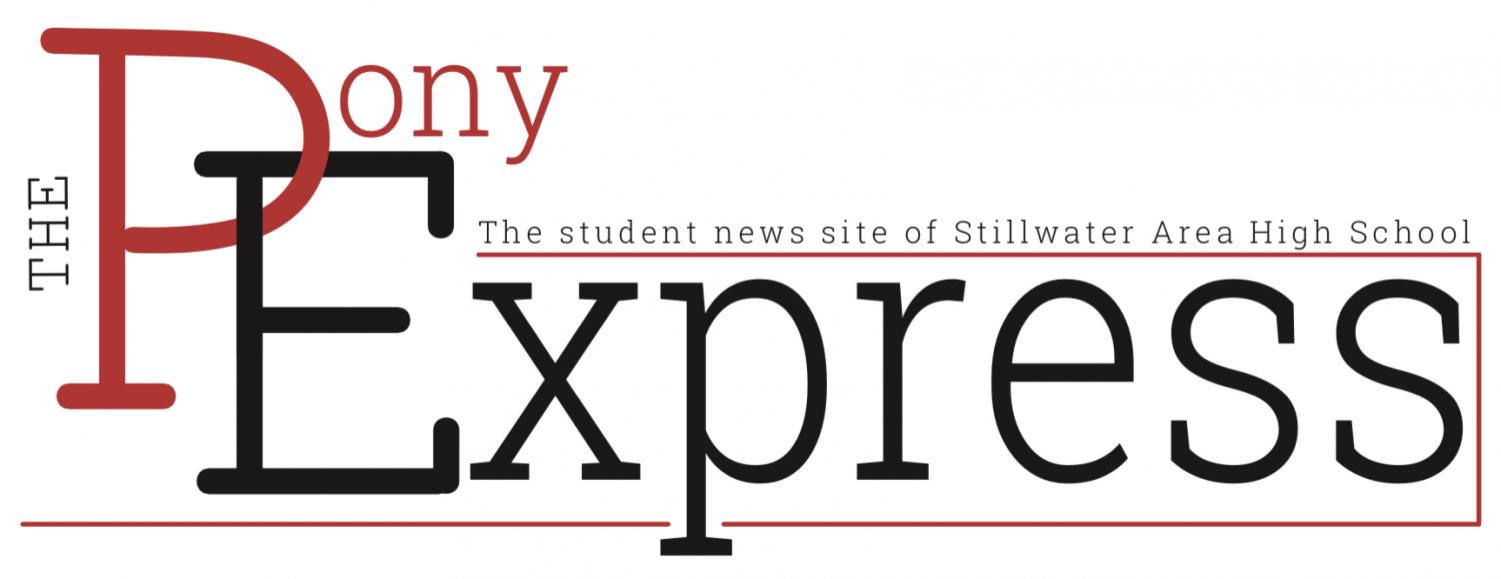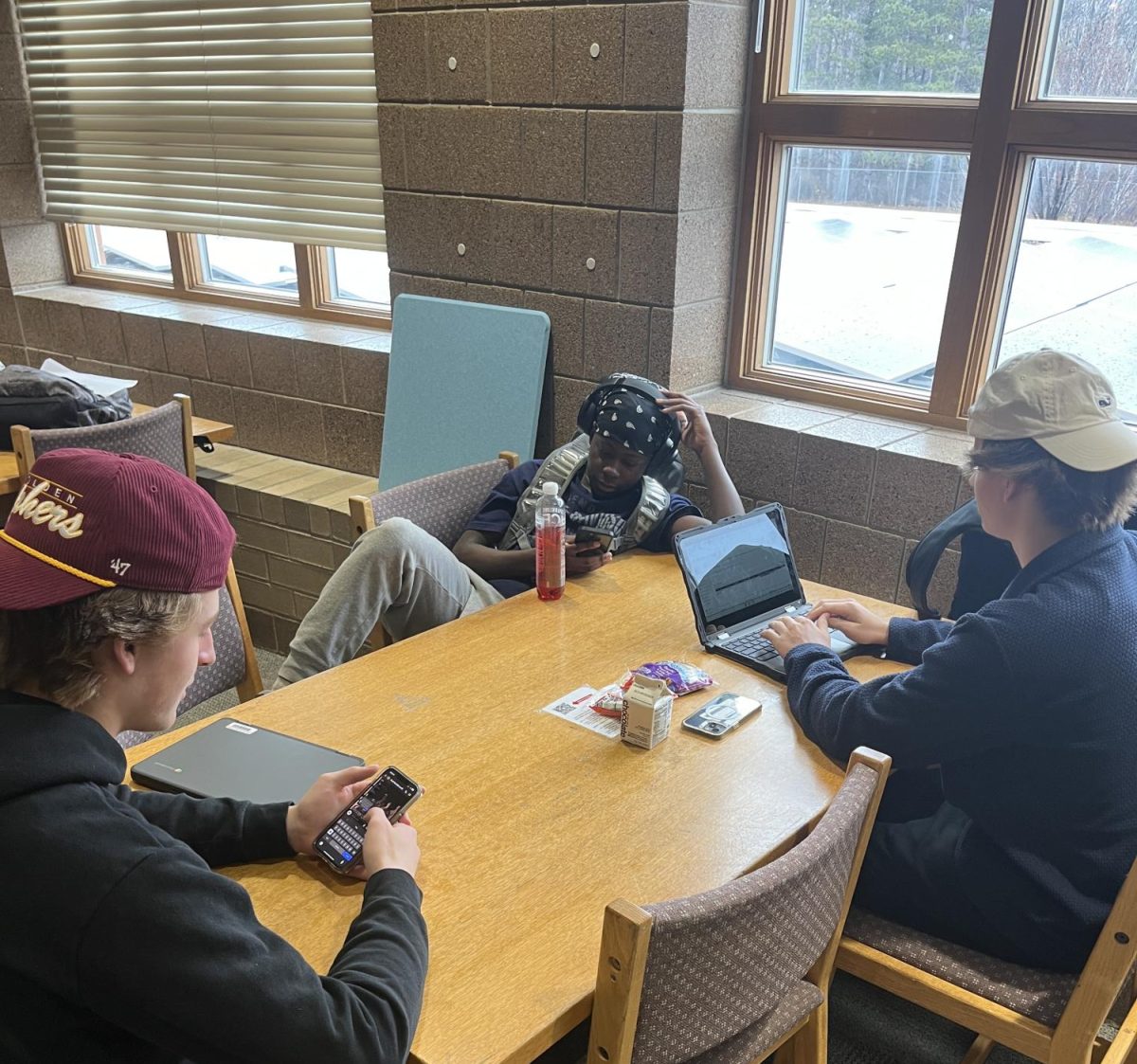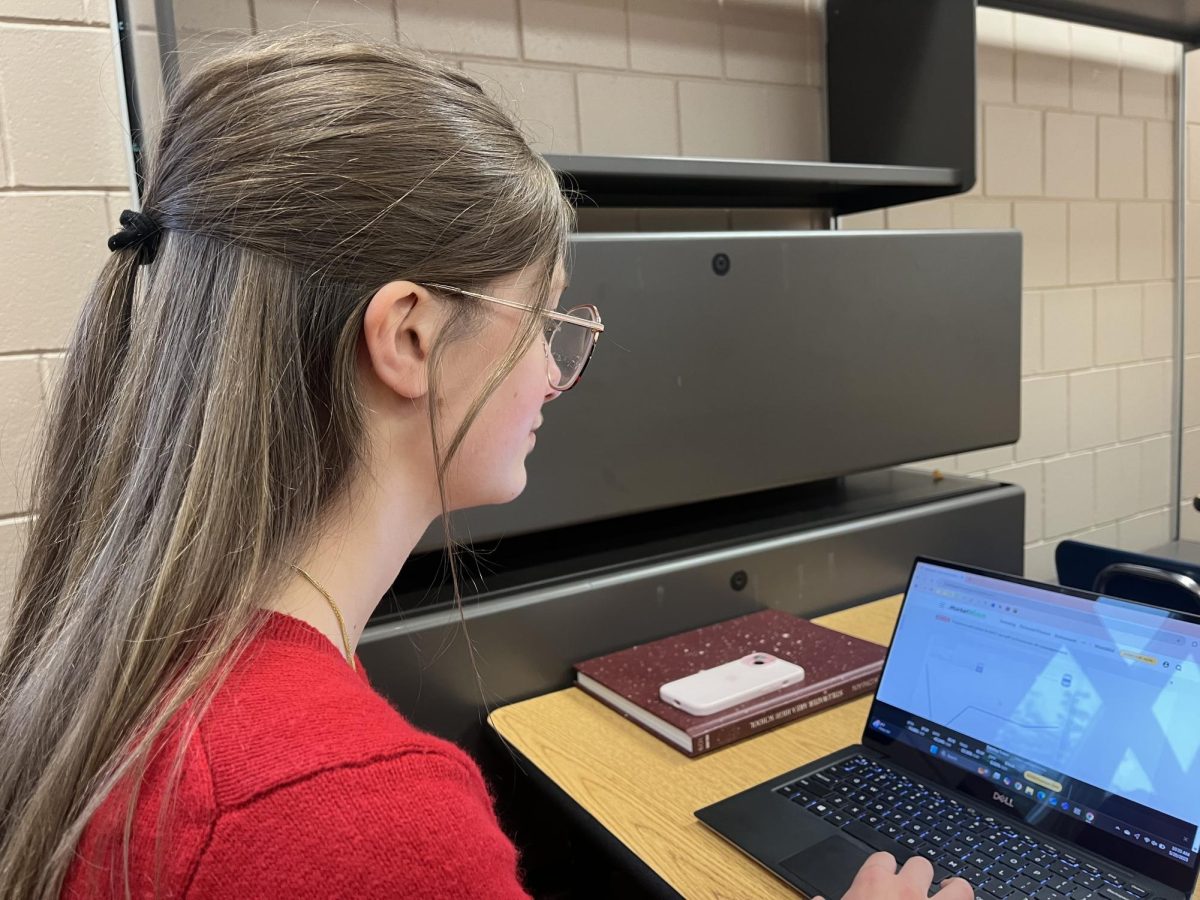At a time when high school students are searching for flexibility, college readiness and affordability, students feel like some counselors are quietly discouraging a program that offers all three. The Postsecondary Enrollment Options program, designed to allow high schoolers to earn free college credit, is being downplayed despite its impact.
Junior Brendan Remely is one of many students benefiting from PSEO. “Right now I’m only in school for three hours, which I very much enjoy,” he said. “PSEO lets me balance school with personal projects, like selling clothes and working on my business.”
For Remely, the choice was not skipping school, it was about creating space to grow both academically and personally. “You finish classes faster, and it teaches time management and discipline. I honestly don’t see any major downsides,” he said.
Junior Patrick Mccloskey agreed. He said “I chose PSEO to save money for my family and to get ahead on general college credits,” he said. “It’s a flexible schedule, you just have to stay on top of your work.” He said that the format helps students prepare for college expectations.
Still, some school staff raise concerns about students misusing the system.“PSEO helps students if they’re doing it for the right reasons like preparing for college rigor” counselor Alec Shern said. But recently, more students are taking online PSEO classes just to have extra time off. And when students fail those classes, it’s often because they didn’t realize how much self-discipline it takes.” Shern does not discourage PSEO outright but said he advises students honestly based on their academic history and motivation.
In contrast, concurrent enrollment, which allows students to take college-level classes inside their high school, offers more structure and teacher support. “Concurrent classes are still college credit, but students stay more connected to the school and have teachers who understand their day-to-day needs,” Shern said. “It can be a good middle ground for students who want challenge without the full independence of PSEO.”
Financial strain is another argument some schools raise. Because funding follows the student, high schools lose a portion of money for each PSEO participant. “It takes away some funding, but ultimately, if a student is getting a better educational opportunity, that’s worth it. The goal is to serve the student,” Shern said.
In the end, PSEO isn’t perfect. Not every student is ready for it, and some may misuse it. But those rare misuses should not cancel out the students who are actually productive. It gives students more freedom than concurrent enrollment or classes offered at the high school do. Students like Mccloskey and Remely are thriving and learning skills high school can’t always teach. Instead of discouraging the program, schools should focus on preparing students for its challenges and helping them decide whether it is the right fit.
PSEO may not be traditional education, but it is an extension of it and a great secondary option. With the right support and honest conversations, it can be the gateway to independence, responsibility and a head start on the future.















